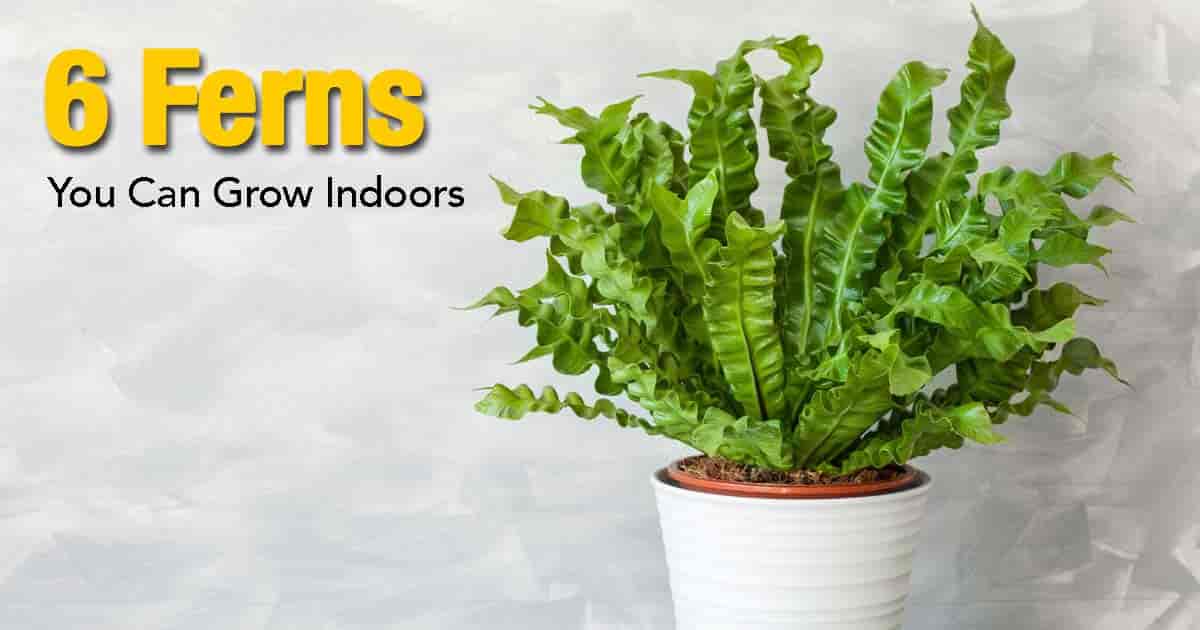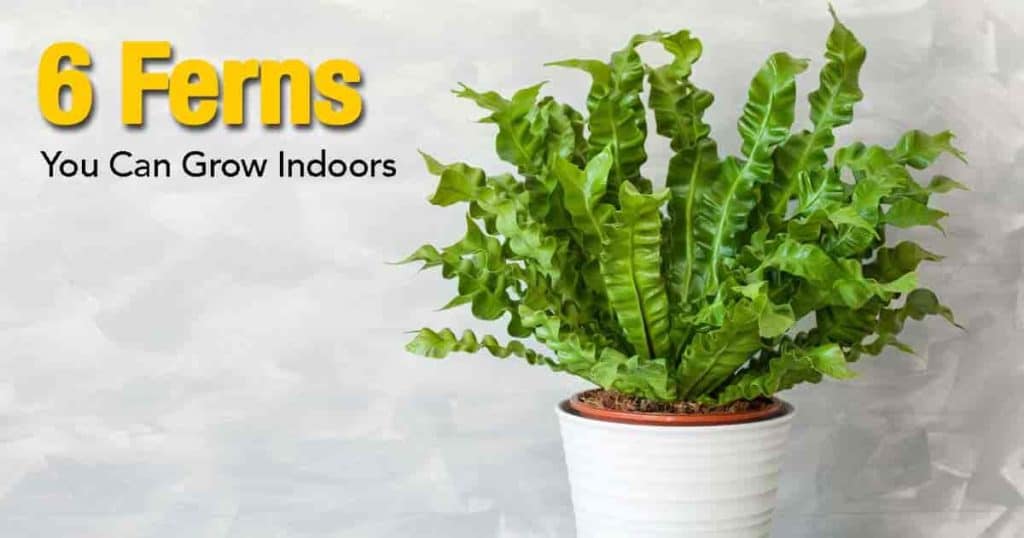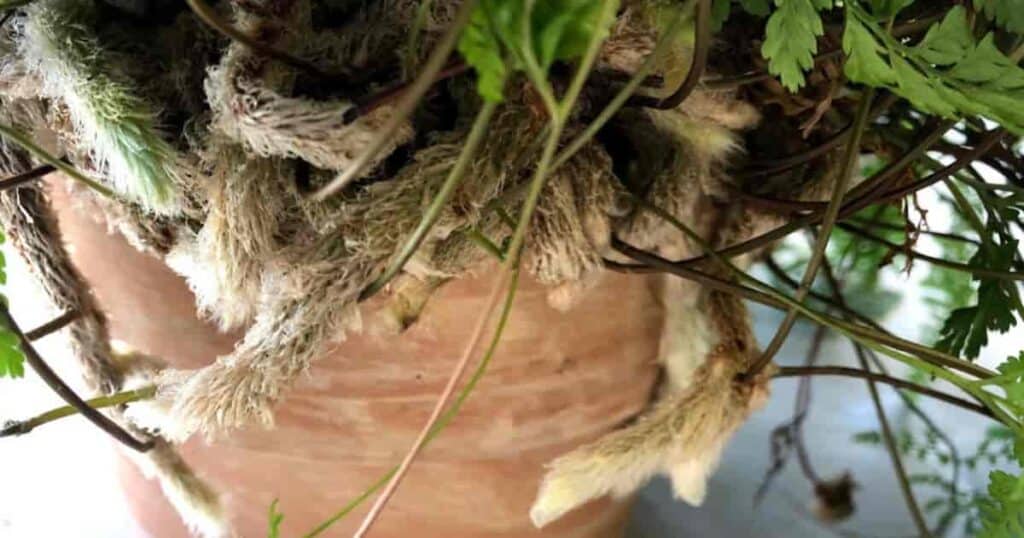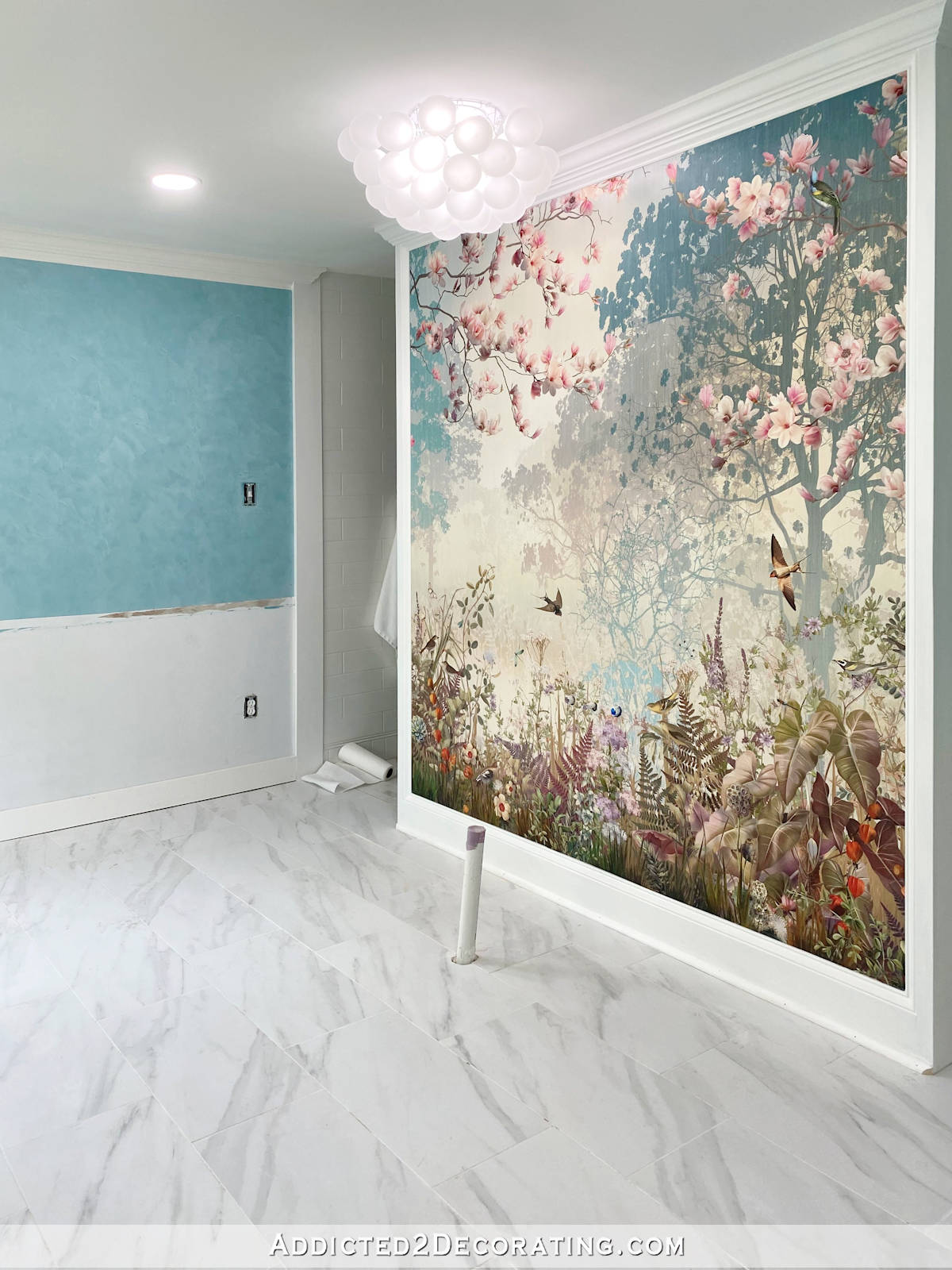[ad_1]
Growing ferns… with their amazing variety of foliage forms and delicacy of pattern have always been popular as house plants.
The large selection of species and varieties of different types of indoor ferns makes them a great choice for decorating the home, patio, or sunroom.
The diversity of types of fern houseplants lends difficulty to the decision of which to grow… as indoor plants in pots or in hang baskets.
In making selections there are a number of important considerations – the plant’s ultimate size, its suitability for pot culture, and whether it is what could be called an evergreen.
Cyrtomium Falcatum – The Holly Fern
A indoor plant fern that fully meets the above requirements is the Japanese holly fern (Cyrtomium falcatum), a native of Japan, Korea, and China.
The plant grows from 18″ – 20″ inches high, with an equal spread. The once divided, leathery fronds are dark, shiny green, and the divisions, are sickle-shaped.
In one form the margins are deeply cut and the ends, are long-pointed, causing a resemblance to true holly.
Once established, holly fern survives drought and chill temperatures. Grown in high humidity, it stands winter sun.
There are several forms of holly fern, all about the same size and grown in similar cultures.
The Boston Fern
No fern collection in the home would be complete without the popular old-timer, the Boston fern.
The true Boston fern’s scientific name is (Nephrolepis exaltata bostoniensis) which is a horticultural form discovered by chance by a florist among his ferns in the early nineties (1890s).
Its parent is a tropical species, Nephrolepis exahata, native to Cuba, Mexico, South America, and Malaya.
The Boston fern grows to two feet or more, is once-divided, with the frond divisions entire and slightly ruffled.
At first erect, the fronds arch over with age, having a continuous length of growth, unless injured.
There are nearly 100 named and described descendants or forms, all sports and all creeping.
For a large, erect form, with older fronds arching and drooping, look for a variety called Mrs. Theodore Roosevelt, with many ruffled divisions having margins slightly cut.
The plant grows to 18″ inches and its care is of easy culture. Having about the same size and form but with fronds more deeply cut is the Boston fern form splendid.
QUESTION: Are Boston Ferns Safe For Cats?
Lace fern (Nephrolepis exaltata whitmanii) is smaller, much more cut, and divided. The erect fronds arch over the pot sides, reaching only 10″ inches in height.
Another Nephrolepis is the sword fern (Nephrolepis cordifolia). It lacks its Boston cousin’s grace, the fronds being more narrow and more erect.
An important advantage, however, is its hardiness and easy culture and care. Overwatering is the greatest source of the difficulty. It survives direct sunlight but is most attractive when grown in partial shade.
Quick Care Tips For Nephrolepis Ferns
Keep the fronds of all Nephrolepis on the dry side. Do all watering directly into the pots. Varieties with finely divided fronds require more care.
Night temperatures above 50° degrees Fahrenheit. are best. Provide plants with indirect light and plenty of ventilation for most varieties.
All the Boston ferns are sterile. New plants are produced from runner-like off-shoots, more properly known as stolons.
To propagate, cover the stolons lightly while they are still attached to the mother fern. If there are a large number of new stolons, remove some because they retard the parent plant’s growth.
The Polystichum Ferns
House ferns with finely cut leaves are the soft shield fern (Polystichum setiferum proliferum), maybe even the best indoor ferns.
It has dense, deep green fronds which arch over the pot sides.
Native to Tasmania, it has a number of close relatives in temperate zones around the world.
It reaches a foot in height, with a slightly larger spread. The fronds are numerous, long, and tapering.
It is propagated by spores or from young ferns produced along the axis or midrib on the frond uppersides.
It can also be propagated by pinning down the fronds over a layer of moist peat moss and maintaining good circulation of air and humidity.
Useful in both dish gardens and planters is the Tsushima holly fern (Polystichum Tsushima), native to Japan and China.
It is as a young plant that Tsushima holly Fern makes a good dish garden subject. The leathery, dark green fronds are twice divided. Ten to 12″ inches in height, it slowly spreads, forming dense chimps.
It is of easy culture and will withstand strong or bright light. Like the true holly fern, it is most successfully grown in slightly acid or neutral soil.
Related Reading: Polystichum Acrostichoides (Christmas Fern)
Davallia Ferns
For something really different, try the epiphytic members of the genus Davallia. All are evergreen, with fronds erect and finely divided. Being tropical in origin, they cannot withstand even light frost.
One of the groups, the squirrels’ Foot fern (Davallia mariesii), native to Japan, was once imported as a novelty, coming in the shapes of animals, monkeys, clowns, or fern balls.
Others are the hares’ foot fern (Davallia trichomanoides), from Japan, Ceylon, and Malaya, the various forms of Fiji Davallia – (Davallia fejeensis), from the Fiji islands, and the members of the closely allied genus Humata, the hears’ foot fern (humata tyermanii) and other small or medium epiphytic ferns.
Question: Will you please tell me how to start a rabbit-foot fern?
Answer: The rabbit-foot-fern, Davallia fejeensis, propagates very easily from the furry rhizomes, or “feet,” which creep out of the pot or basket. Break them off with one or two leaves if possible, and start in sand, in porous, humusy soil, or on moist sphagnum moss. Or if you wish, you may divide your plant into several sections in the early Spring.
The epiphytic ferns can be grown in pots, but are more showy and successful grown on pieces of cork, oak logs, or wire baskets.
High humidity, plenty of filtered, overhead light, and good drainage, with no over-watering, are the recipe for healthy ferns in this group.
Water thoroughly but infrequently, placing the container in a pan or bucket of water for complete wetting.
Use coarse potting materials, try a mixture of potting mix and perlite in a 2 to 1 mixture. During potting, do not plant the creeping rhizome in the potting medium. Compress the root systems with sphagnum moss, avoiding root injury.
All the members of the group are slow in starting from divisions or spores. Especially during this early period be very careful not to overwater.
Once the plants are established, however, they are easily cared for and can survive considerable neglect.
The following group of terrestrial (or soil-grown) ferns are small to medium in size and of easy indoor pot culture.
The Australian cliff brake (Pellaea falcata) creeps to form tight, 10-inch high clumps. Give it lightly, but no sun, and add finely ground limestone to the pot soil mixture.
Pellaea rotundifolia from New Zealand grows six to 10 inches tall, is shade-loving and drought resistant. Use a soil mixture of leaf mold, a little broken lime, and rocks.
The Mexican flowering fern (llavea cordifolia) is also an unusual specimen. It reaches 10-12 inches in height, prefers shade. Keep the foliage dry and do not overwater the plant. Fertile fronds are much contracted and divided at their ends, slightly resembling green flowers.
The Pteris Ferns
An attractive group is the ferns of the genus Pteris, sometimes known as table ferns, most of which can be grown from divisions as well as spores.
They prefer a well-drained soil or soil mixture containing a sprinkle of ground limestone, an acceptable mixture being of fibrous loam, leafmold, and sand with some well-rotted, ground cow manure added.
The Cretan brakes (Pteris cretica) reach more than a foot in height, growing in clumps from very short, slowly creeping rhizomes.
Found throughout the tropics and sub-tropics, they were first discovered on the island of Crete. Apart from requirements of filtered light and soil kept moist but not wet, the Cretan brake needs little care.
Varieties are ribbon brake (Pteris cretica albo lineata), a variegated form from Japan.
Another Pteris species is the Chinese or spider brake (Pteris multifida, often sold as Pteris serrulata), of Chinese and Japanese origin. Another is the silver brake fern (Pteris Quadriaurita).
Divisions are narrower than in the Cretan brake and continue growing down along the midvein. The plant is densely left and has a spread and height of about afoot.
White foliage areas contrasting with bright green make silver brake (Pteris argyraea) from India and eastern Asia an outstanding species. Its erect leaves are taller and are differently divided than the other pteris.
The Mother Fern
A large and showy specimen is the mother fern (Asplenium bulbiferum), a native of New Zealand, Australia, India, and Malaya.
It reaches a height of 18″ inches, with medium green leaves arching over to give the plant a spread of 20″ inches or more.
Very proliferous, it produces bulblets and also grows young plants on the upper frond sides, the source of its common name, mother fern. It can also be grown from spores.
The birds nest fern (Asplenium nidus) is even larger than the mother fern plant, reaching over three feet when grown outside in subtropical areas.
Fronds are not divided, but are sometimes slightly wavy and are of a leathery texture. In nature epiphytic, pot bird nest fern in leaf-mold, peat moss, or ground fir bark. Give it occasional fertilizer.
Another excellent pot subject with a yen for a bit of lime in the soil mixture is hart’s tongue fern (Asplenium scolopendrium).
A large fern in the wilds, it doesn’t reach more than a foot high grown in pots. It is found in Europe, Asia, and Africa as well as parts of the United States.
A form from England, more cut and varied in size than the others, are most common as indoor fern types.
More fern plants or types of houseplant ferns:
As you can see there are lots of different kinds of ferns available to choose from!
Image: wikimedia commons
[ad_2]
Source link















 + Planting String of Watermelon Succulents
+ Planting String of Watermelon Succulents  with Garden Answer
with Garden Answer


